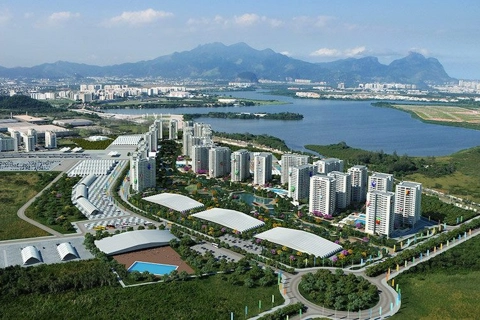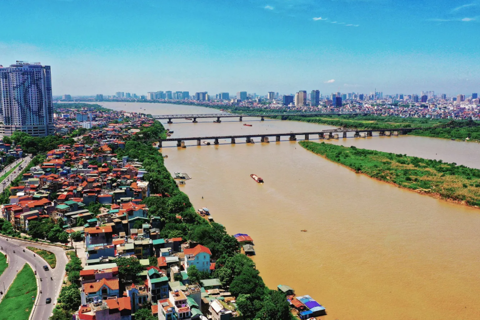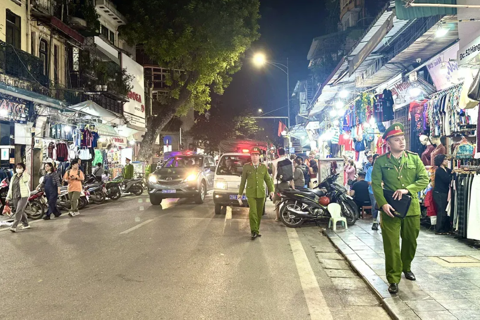Hanoi
Visiting the ancient village Khuc Thuy
Jan 21, 2019 / 10:05 AM
The village of Khuc Thuy has a history of nearly 1,000 years, the passage of time is present in the roof of the temple, the alleys, the walls and the stump.
Nestled in the Nhue Giang, Khuc Thuy village (Cu Khe, Thanh Oai, Hanoi) is full of old trees, alleyways, roofs, and family houses tinged with time.

The village of Khuc Thuy has a history of nearly 1,000 years, the passage of time is present in the roof of the temple, the alleys, the walls and the stump. In the sun shining early autumn, the ancient village of Khuc Thuy appeared peaceful but full of nostalgia. Just like Cu Da village, Khuc Thuy is often visited by travelers. But if you walk slowly and observe, you will have time to admire the hundreds-year-old majestic gate of the village.
Walking through the village gate, the first image to appear before you are the four mango trees. Beside the village well, the mahogany trees, banyan trees which shade hundreds of years ago on the road to refresh the children and visitors near and far who come to visit the village. Under the shade of the old tree, some people play chess, football or waiting for the mother to come from the market.
Few villages in the North Delta still retain the original features as Khuc Thuy. Just going into a few small alleyways, as if into a remote space, many people say that Khuc Thuy is like Cu Da village, but if you understand thoroughly, and compare meticulously, you will see great differences. If Cu Da still has many houses with French or the combined French-Vietnamese architecture with two majestic floors, in Khuc Thuy, houses, either aged a few hundred years or just a few decades, still hold the pure Vietnamese origin of the Northern Delta. It is a three-compartment and two-room house with carved door and very sophisticated porch.

Besides the ancient trees, the roof has a long history. The ancient village of Doai has long been famous as the sign board "phu tu dang khoa" (father and son pass the exam) and the vermicelli making craft. Now, Khuc Thuy becomes a cultural village, a village of heritage and craft, which gradually becomes an indispensable destination in the tour to ancient villages along the Nhue River.

Walking through the village gate, the first image to appear before you are the four mango trees. Beside the village well, the mahogany trees, banyan trees which shade hundreds of years ago on the road to refresh the children and visitors near and far who come to visit the village. Under the shade of the old tree, some people play chess, football or waiting for the mother to come from the market.










